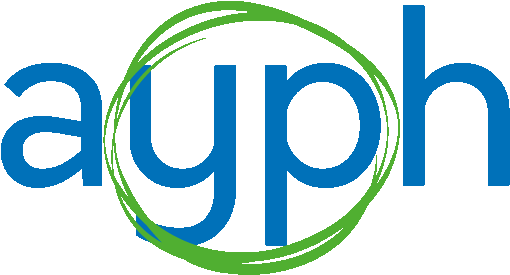Last year we researched the language and terminology used to describe young people’s health inequalities. In this blog post, Rachael McKeown shares what we found out and gives us the tools for future discussions on this important topic. This work is part of our health inequalities policy programme.
Young people’s health inequalities is a complex topic and it can be hard to talk about it in a clear and understandable way. An easy way of making sense of health inequalities is through using recognised terms and by splitting people into groups that can be analysed for things like research and policy.
But certain terms have developed somewhat of a bad reputation recently, such as “hard to reach”, which places the blame on young people for not being involved or engaged in services. We wanted to better understand which terms professionals use to describe young people experiencing health inequalities. We ran a survey and hosted an event to speak directly with stakeholders to hear their views. We also wanted to learn from young people about what they thought about these terms, so we discussed the topics of identity and language with our Youth Advisory Panel members.
We found that some terms are more popular than others, such as “vulnerable” and “at risk”. However, there is a lack of confidence among professionals about whether these terms are “good”, “correct” and won’t cause offence to young people that they may be referring to. This confusion leads professionals to adapt and change the language they use to describe health inequalities depending on the context that they are in, especially if they are around young people. Also, young people don’t necessarily find these terms applicable to them, seeing them as “for old people or people who are really sick”.
Young people told us that they want communication with professionals to be open, honest and consistent with how they would speak to adults. They want language to be simplified in all settings, for everyone, and to be jargon free where possible. Best practice should seek to be patient-centred and ask the young person about their preferred language and terminology.
Language is always evolving and it will never be perfect. However, based on the findings of this research we’ve produced a guidance poster for how to talk about young people’s health inequalities. It provides top tips from the professionals we worked with and guidance from young people about language and communication.

You can also read the full findings from our survey with stakeholders and consultation with young people by downloading the full report. We hope that the findings from this research will be useful in informing practice and how professionals communicate with young people, particularly in light of a potentially sensitive topic such as health inequalities.
This work is part of our wider health inequalities policy programme, which aims to explore young people’s experiences of health inequalities and to develop solutions to take practical actions to reduce them.

